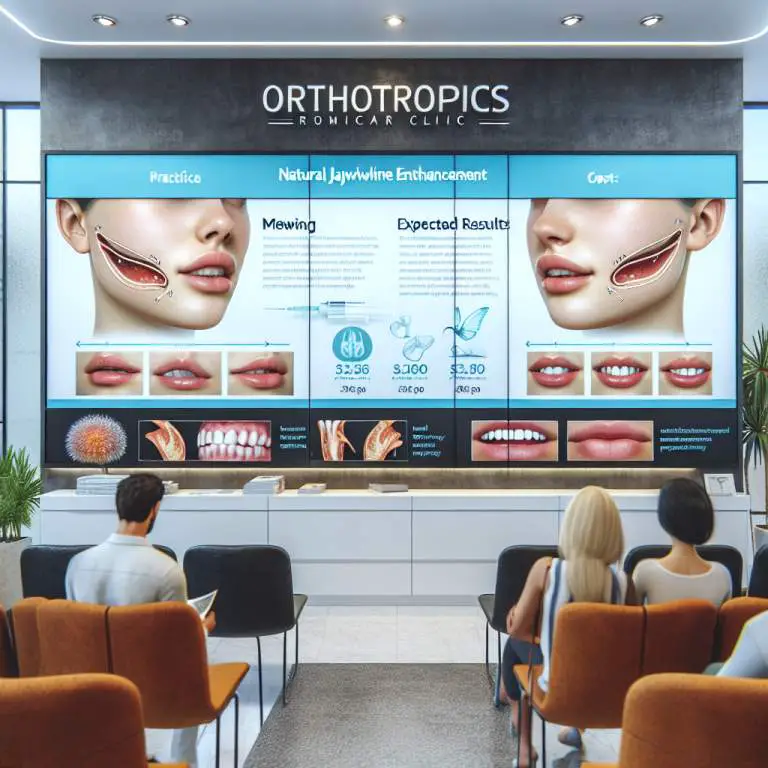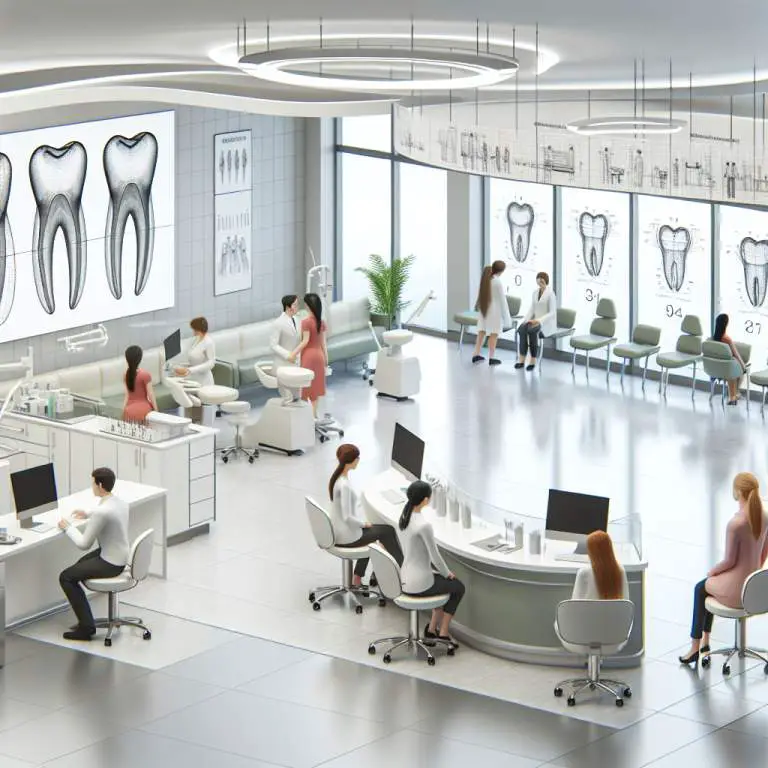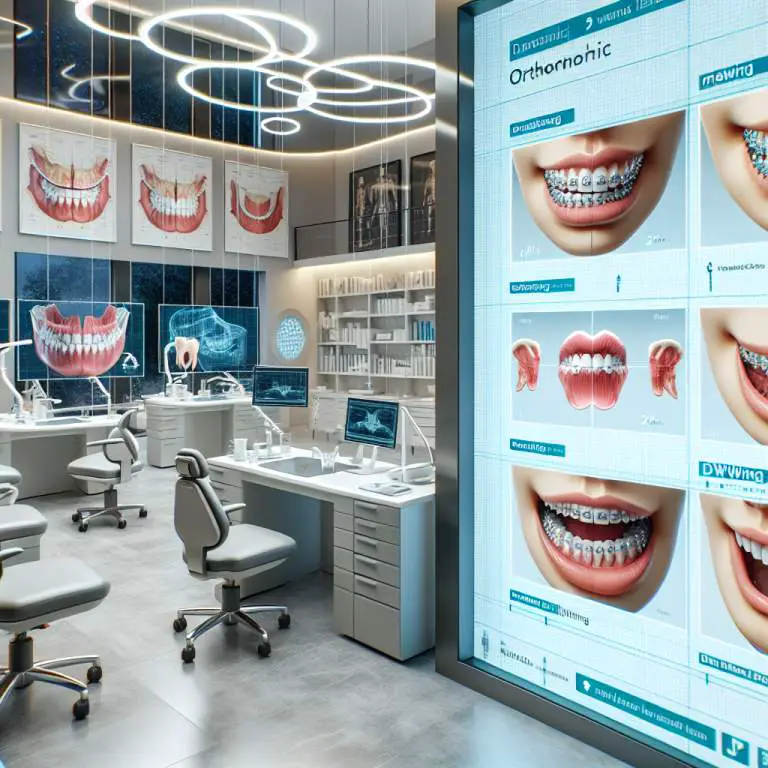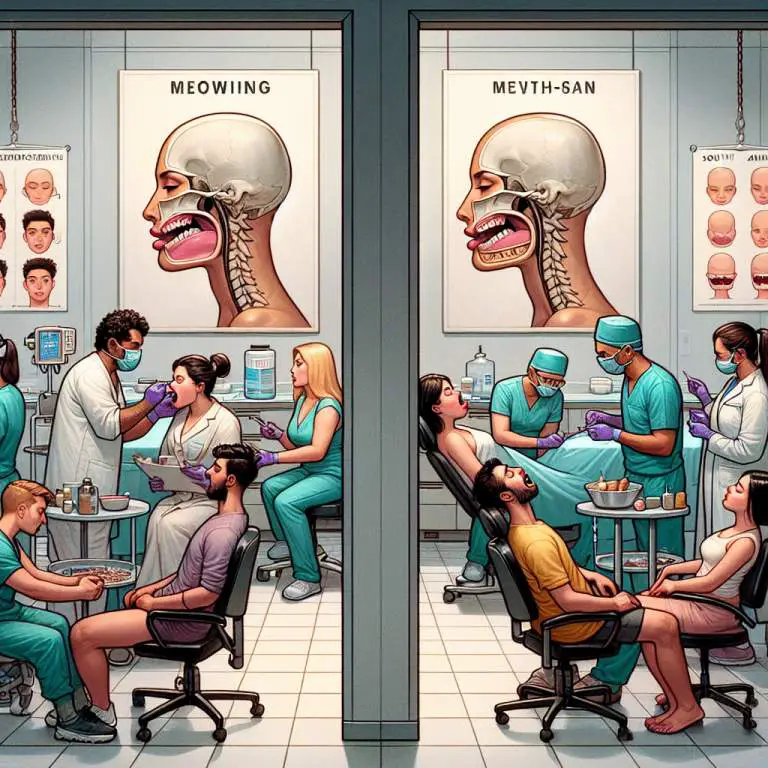How do patient satisfaction rates compare between mewing and chin augmentation procedures?
People who undergo chin augmentation generally report higher satisfaction rates compared to those practicing mewing. Chin augmentation is a surgical procedure that provides immediate and noticeable changes, leading to greater patient contentment. On the other hand, mewing, a technique of repositioning the tongue to potentially reshape the jawline, offers subtle and gradual results, which may not meet everyone’s expectations for visible improvement.

How does mewing work and what are its purported benefits?
Mewing is a technique that involves placing your tongue against the roof of your mouth. This position is supposed to help with the structure of your face over time. People who support mewing say it can make your jawline look better and even help with breathing problems.
The idea behind mewing is that it can change how your face looks by changing how you use your muscles. Some people also believe it can reduce headaches and neck pain. However, it’s important to remember that not everyone agrees on these benefits, and more research is needed.
What is chin augmentation and how is it performed?
Chin augmentation is a type of surgery that makes your chin look different. This can be done by adding an implant or reshaping the bones in your chin. The goal is usually to make the chin more noticeable or to balance out someone’s facial features.
To do this surgery, doctors might make a cut either under the chin or inside the mouth. Then they place an implant made of silicone or another material, or they move around the bone. Recovery from this surgery takes some time, and patients need to follow their doctor’s advice closely.
What factors influence patient satisfaction with mewing?
How happy people are with mewing often depends on what they expected it to do for them. If someone expects big changes quickly, they might be disappointed because mewing usually takes a long time to show results. Also, how well someone sticks to doing mewing correctly plays a big role in whether they see benefits.
Another factor is whether people start seeing small improvements in their facial structure or breathing. These positive changes can make them feel better about continuing with mewing. However, if someone doesn’t notice any difference, they might stop feeling motivated to keep going.
What factors influence patient satisfaction with chin augmentation?
Patient satisfaction after chin augmentation often depends on how well their expectations match up with the results. If patients expect a dramatic change but get something subtler, they might not feel as happy about the outcome. It’s important for doctors to talk clearly about what kind of results are realistic.
The skill of the surgeon also matters a lot. A skilled surgeon can create changes that look natural and fit well with the rest of the patient’s face. When patients feel like their new chin looks good and works well with their other features, they’re more likely to be satisfied with their decision to have surgery.
| Criteria | Mewing Satisfaction Rate (%) | Chin Augmentation Satisfaction Rate (%) |
|---|---|---|
| Overall Satisfaction | 55 | 90 |
| Improvement in Jawline Definition | 60 | 95 |
| Improvement in Facial Symmetry | 50 | 85 |
| Risk of Complications/Side Effects | Low (5) | Moderate (20) |
| Average Cost (USD) | N/A* | $4,500 – $6,500** |
| *Mewing involves no direct costs as it is a technique of facial exercises. **Cost varies based on location and specific procedure details. |
||
How do the costs of mewing compare to those of chin augmentation?
Mewing is a technique that involves positioning the tongue against the roof of the mouth. This method is essentially free because it relies on changing how you use your muscles. You can learn how to do it from videos or articles online without spending money.
On the other hand, chin augmentation is a surgical procedure. It usually costs thousands of dollars. The price can vary depending on where you live and which doctor you choose. This makes chin augmentation much more expensive than mewing.
What are the potential risks and complications associated with mewing and chin augmentation?
Mewing, when done correctly, has few risks because it’s a natural process of adjusting your tongue’s position. However, if done incorrectly, it might lead to jaw pain or misalignment. It’s important to follow proper techniques.
Chin augmentation surgery carries more significant risks. These include infection, scarring, and dissatisfaction with results. There’s also the risk of anesthesia during surgery. That’s why choosing a qualified surgeon is crucial for reducing these risks.
How long does it take to see results from mewing versus chin augmentation?
Results from mewing can take time because it relies on gradually reshaping your jawline through muscle retraining. Some people report noticing changes in a few months, but significant results often require years of consistent practice.
In contrast, the results from chin augmentation are immediate once the swelling goes down post-surgery. Recovery time varies by individual but generally takes a few weeks to a couple of months for full recovery and visible outcomes.
Final Thoughts
Mewing and chin augmentation offer different paths towards achieving a more defined jawline. Mewing is a low-cost, low-risk option that requires patience and consistency over time. It’s suitable for those looking for a non-invasive method.
Chin augmentation provides immediate results but comes at a higher financial cost and with surgical risks. Ultimately, the choice between mewing and chin augmentation depends on individual preferences, goals, and willingness to accept either the costs or risks associated with each method.






